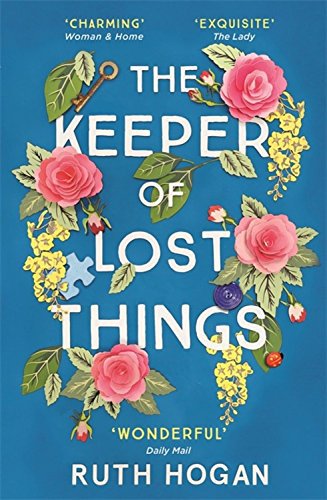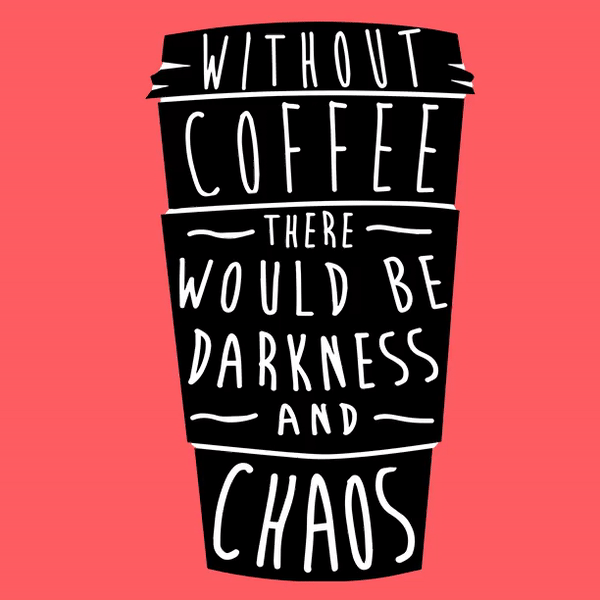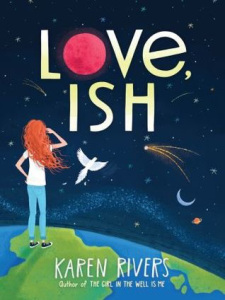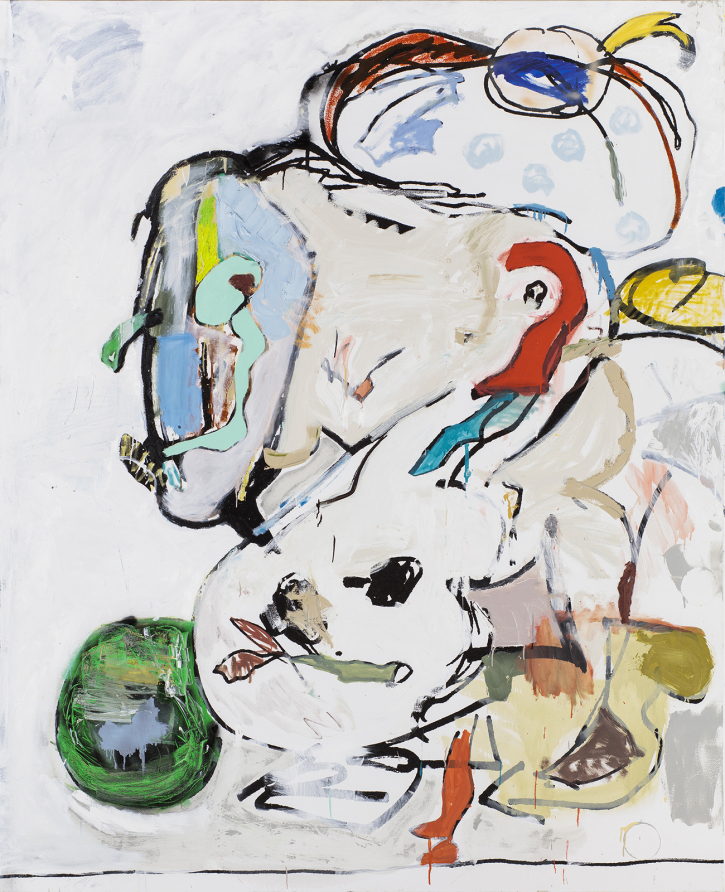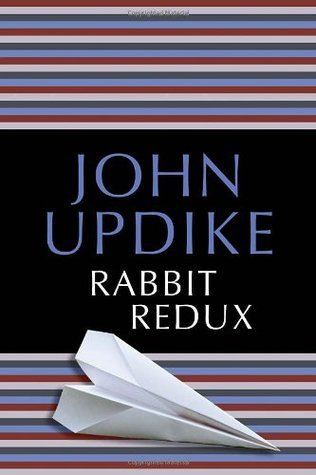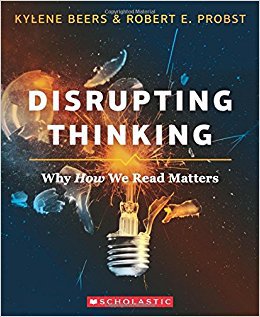
Disrupting Thinking (paperback)
by Kylene Beers & Robert E. Probst
Disrupting Thinking got so much buzz on Twitter and in professional learning communities, I had to add it to my summer reading list. I bought it over Spring Break, but saved it for summer since I knew it would be a lot to take in. There were quotes and thoughts posted all over, and someone even said they threw the book across the room when they read how some kids were treated in schools. So, my expectations were high.
The book is divided into 3 sections: The Readers We Want, The Framework We Use, and The Changes We Must Embrace. I found the first third to be a little dry. The second third was okay, and the last third was where I found the bulk of my “ahas” and “yeses!” A lot of it made me uncomfortable, because I saw there were things I did that I shouldn’t, and things I know people around me do.
There are a LOT of things I could write about, but here are my top 5 “take aways” from Disrupting Thinking (in no particular order). Remember, every reader/teacher is different, and different things affect us depending on where we teach, what we already do, and what our personal teaching philosophies and goals are.
1. The BHH Framework This is something I will implement immediately, like the first day of school! BHH stands for in the Book, in your Head, and in your Heart. I’m posting an anchor chart below so you can see the questions associated with each letter. I loved that the authors included transcripts of recorded conversations between children about the book they read together to show the impact of the BHH strategy. I appreciated that they shared a primary, upper, and middle school example, because while the depth of conversations are different at each level, they’re still impactful.

from the book
2. Silent Reading doesn’t improve test scores! Have you heard that? I heard it a few years ago, but ignored it. So as it turns out, that’s only true if the silent reading is UNSUPERVISED. Instead, the reading should be FOCUSED. If the teacher is giving mini lessons, having conversations with the reader, and expecting the reader to be involved in the reading, then the results are opposite. That means that as the teacher, it is not time for me to grade papers, organize my desk, answer emails, or pick up my own book. I need to engage with my students about their books. Oh, and more importantly, give them CHOICE!
3. Doing things because we’ve always done them. Spelling tests, for example. We ask students to memorize a list of words, because we did the same thing when we were in school. Round Robin and Popcorn Reading – I HATED that when I was younger! I was nodding my head to many of these. And you know what? I’m guilty of a lot of the examples. I do many of these practices because it’s just a practice, not necessarily a best practice. This is where things got uncomfortable for me as a teacher.
4. Best Practices Chart I liked this chart. I want to refer back to it often to make sure I’m doing the items on the chart. We also have to be wary about “best practices” and figure out what makes them BEST. Is there actual research, or is it just a common practice (see #3 above).
5. Children receiving less because of “differentiation.” The book pointed out that differentiation that results in a diminished educational experience for some is a form of segregation. Ugh. So the 4-5-6 “intervention” class I taught many years ago and prevented kids from participating in the general curriculum with their peers was hurtful! I an struggling, because I have the top 1/3 of the grade level in a “GATE” class (with only a few identified students). That means that my 34ish students are getting a different experience than the other 2/3 of the grade level. However, I have to remind myself that they are receiving this because I am their teacher, not because they are GATE. We used to be favored by our principal and receive extra benefits, but not anymore. Equity for all, regardless of how high or low performing students are!
Book 15 of summer 2017!
Advertisements Share this: